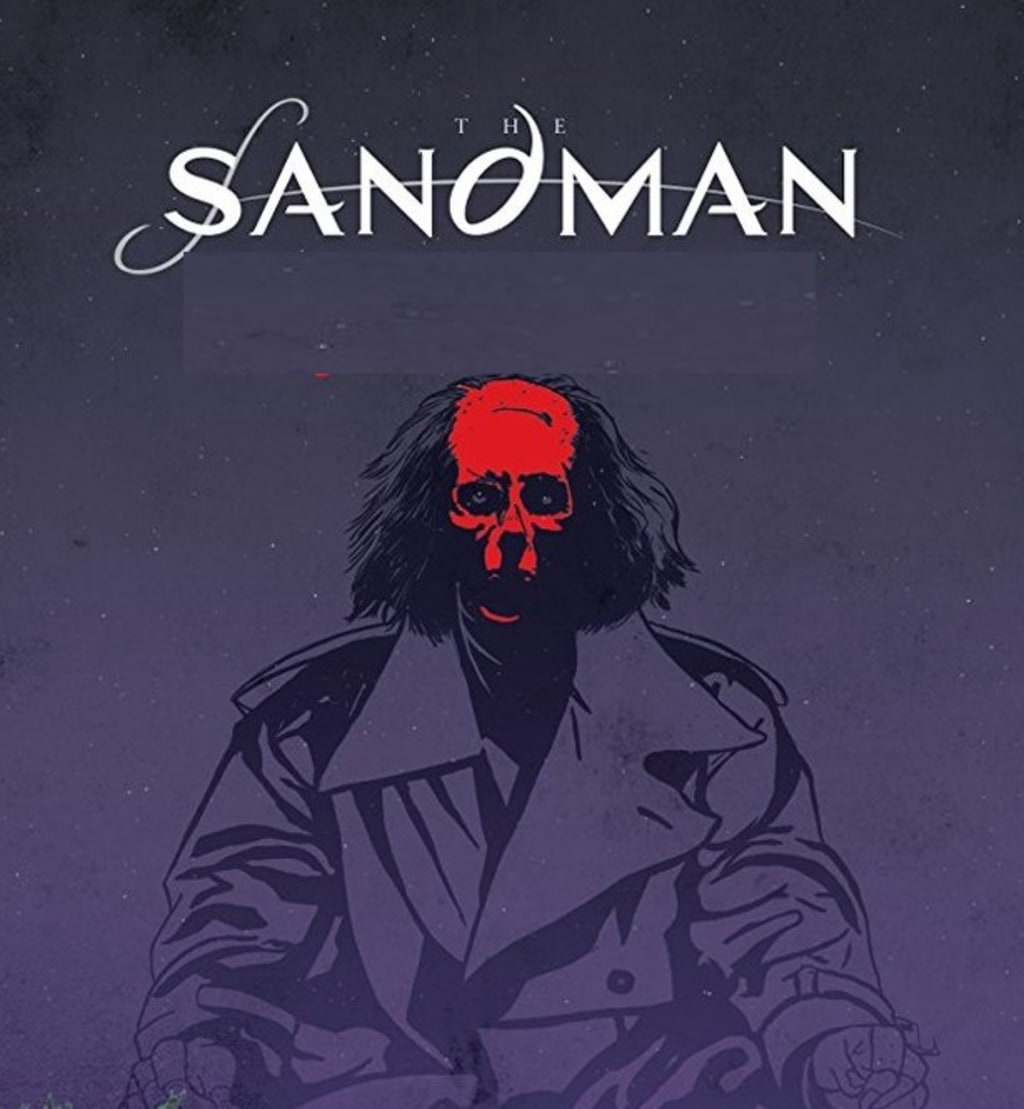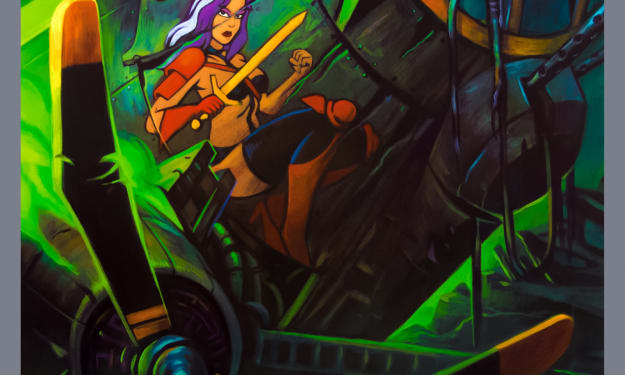
Curiously, I have no idea how to write about the Sandman, Morpheus, the God of Dreams, also called "Dream." One of the Eternals, he is ensconced in his kingdom beyond time and space, calling forth for his immortal brothers and sisters, to come so it can be decided who shall take over Hell, now that Lucifer has emptied that place out.
A raucous, grotesquerie of fantastic and mythological characters roams about the palace. Dream returns to Hell, where a jubilant and cheerful Lucifer releases tortured and damned souls back from where they came before their infernal sojourn. Some of them are suspended from jagged peaks with vultures from a Greek myth eating their entrails; others are hanging from Clive Barker's fabled "hooks of Hell". Still, others are eviscerated in every way imaginable, in medieval surgeries cum torture chambers, in odd, confusing detail, but still, all of it is rendered beautifully by the artists that worked on this original, beautiful, and disturbing comic, so many decades ago.
Dream is a dour, compelling character, encompassing both the sublime and brutal. He looks like he could have been the skinnier, uglier brother of Robert Smith, but he condemned his lover Nada to Hell ten thousand years ago, and it's a mistake he woefully regrets. The mythological family of Gods--Thor, Odin, the Faery Folk, and others--beg and scheme and manipulate so that they may finally control Hell. Their emissaries tempt and cajole and threaten Dream, who has been accorded the key to that unhappy realm--but it is to no avail. HE (God?) has granted his unmerry angels a charge over Hell, and they quickly, though having the best of intentions, begin to imprison souls yet again for vile tortures. Begging the Reader to ask themselves if pious intentions can preserve the purest hearts, tasked with unholy demands.
The surreal world of The Sandman encompasses many strange diversions and cryptic affairs, from the Revolutionary era French woman carrying around the animate head of Orpheus, Orpheus himself, who ends in a bloody orgiastic rite performed by the Dionysian Bachante, in a scene where the blood is rendered brown but the idea of what is occurring, the sheer nauseating brutality of it, is quite apparent.
And Sandman is a blood-drenched book, taking much inspiration from the popular Hellraiser film franchise of the era. In later installments, we get piles of singing severed heads, a talking face with a lolling tongue hammered into a wall, as well as other ghoulish and maddening touches of dark, macabre horror mixed with fantasy and myth. Emporer Norton and Dante Gabriel Rosetti share space here, as does Robespierre, Tiberious, and a pock-marked dwarf, alongside a talking pelican, and cartoon characters seemingly straight from a children's Sunday strip.
The Sandman draws you in, whether or not you believe in the arcanum of dreams, stepping into this incredible and fantastic world of visions and monsters and pale, gothic delirium. You'll find that the stories and their narratives are like dreaming, but that is not a disappointment here. They are not tightly-woven plots, they are expositions of the consciousness of the dreamer, having their own internal logic. The Sandman may be many things; he is, however, never dull.
I was so taken with this book, I went and bought the additional tHREE volumes, each a mammoth collection of the original comics, so I could slip into this world of Dream and go, again and again, to the same troubling, labyrinthine nightmare. It doesn't sound pleasant, but then, what in this life can offer you a kingdom of dreams, as terrible, inscrutable, and strange as many of those dreams might be?
It is an epic work, one to get lost and roam the byways and corridors of, relentlessly, searching for Dream, for sleep, for respite; and, finally knowing that after a long, hard night of sojourning here, sleep may never come.
But dream you will, always.
About the Creator
Tom Baker
Author of Haunted Indianapolis, Indiana Ghost Folklore, Midwest Maniacs, Midwest UFOs and Beyond, Scary Urban Legends, 50 Famous Fables and Folk Tales, and Notorious Crimes of the Upper Midwest.: http://tombakerbooks.weebly.com






Comments
There are no comments for this story
Be the first to respond and start the conversation.